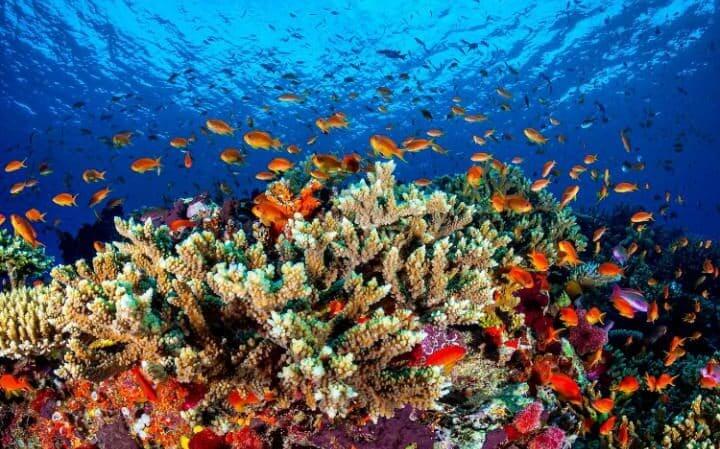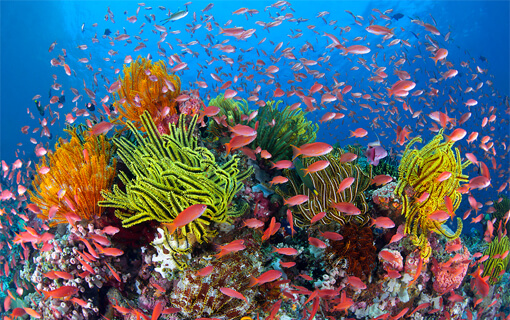Global Warming Has Led to The Demise of Yet Another Major Biodiversity
The Great Barrier Reef has been in existence since it started forming some 25 million years ago. It is located on the eastern coast of Australia. For millennia, it has remained the largest, or one of the largest, living structures globally. It has also provided a myriad of organisms with an ecosystem to survive.
However, over the last few decades, life has been oozing out of this magnificent structure. This is as a result of the extensive bleaching events arising from warming seas and increased acidity of the waters, something that is becoming all too common.
The systems built by the established industrial civilization and the social structures in place spell even more doom for the reef, as it is very likely to cease its existence in its current form sometime in the near future.
For the greater part of its life, the reef ranked as the biggest living structure in the universe. Also, its large size meant that it was visible from space. It measured 1,400 miles long and featured 1,050 islands and 2,900 individual reefs. It was large in area than the whole of England, and its biodiversity was larger than that of all of Europe.
It was home to 1,625 species of fish, 450 species of coral, 3,000 species of mollusk, 30 species of whales and dolphins and 220 species of birds.

Also, the reef was home to one of the largest dugong population in the world and for green turtles, it provided the largest breeding grounds.The reef’s life started during the Miocene epoch on the eastern coast of Australia. 24.99 million years of its life were quite happy and marked with exponential growth. The reef was formed by corals. As the levels of the seas rose with time, shallow water reefs and atolls started forming. The reef provided the most epic marine adventures for travelers who visited it.
Other distant relatives of the Great Barrier Reef to suffer the same fate include the huge old-growth forests that at one point gracefully covered most of the world, most of the megafauna mammals that once roamed the earth and most of the largest birds to fly the skies.
Switching to clean technology looks like the only viable solution.








